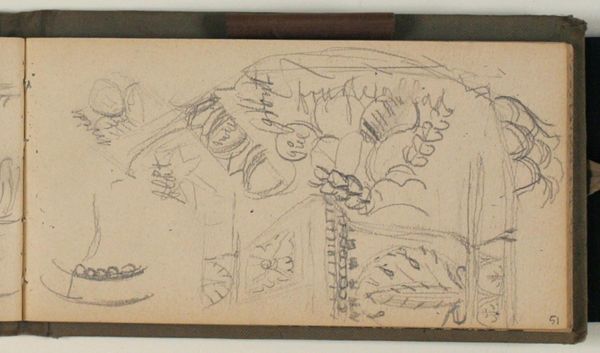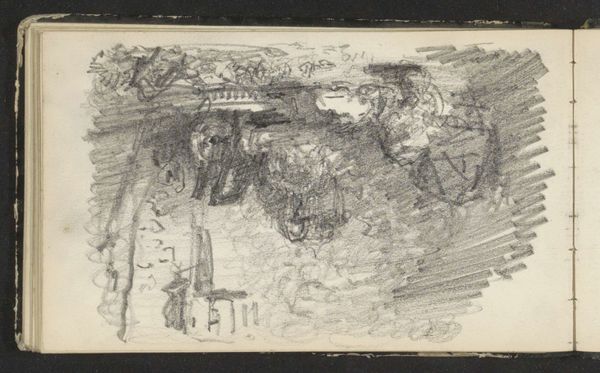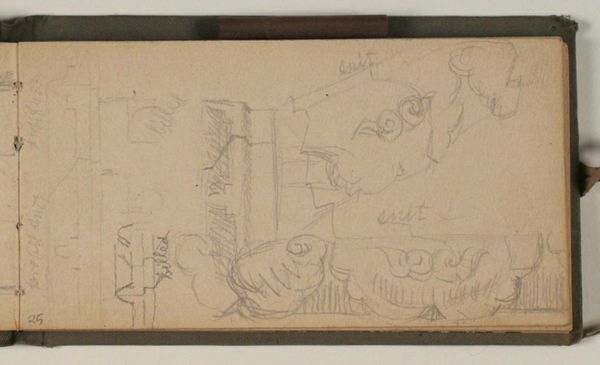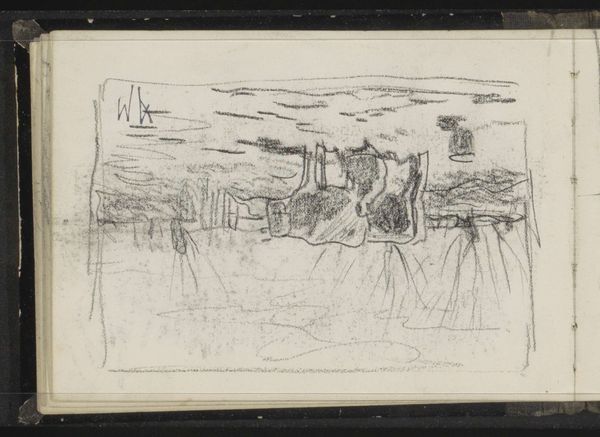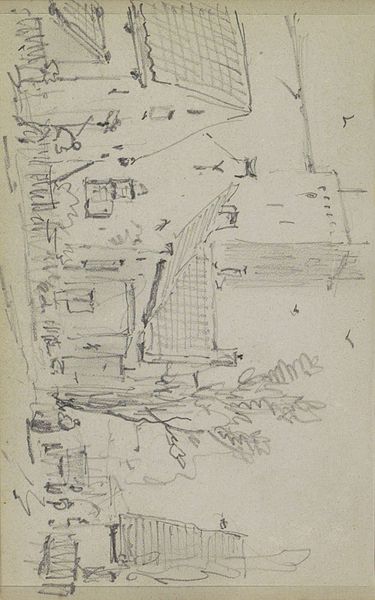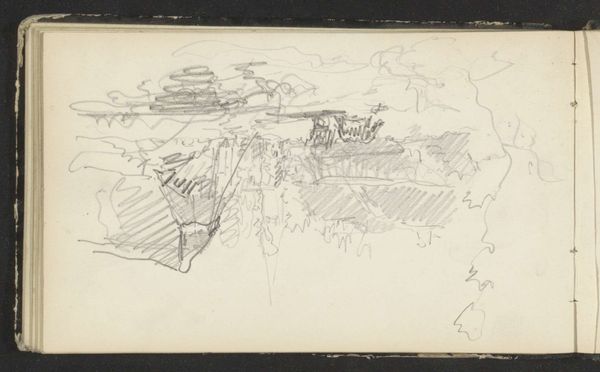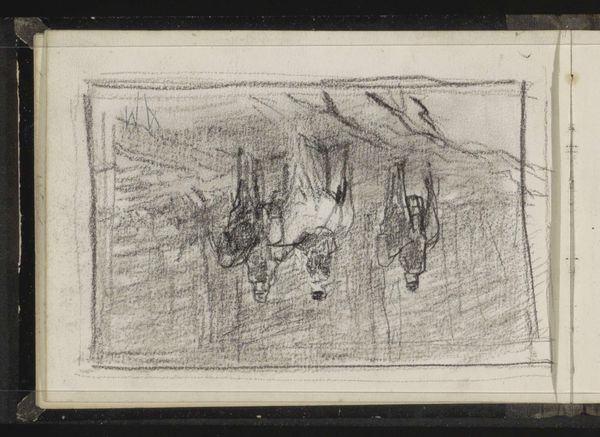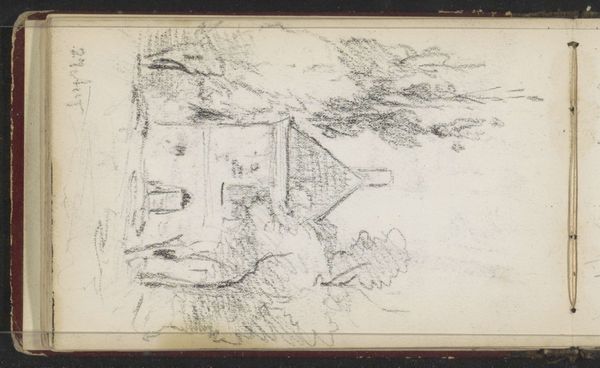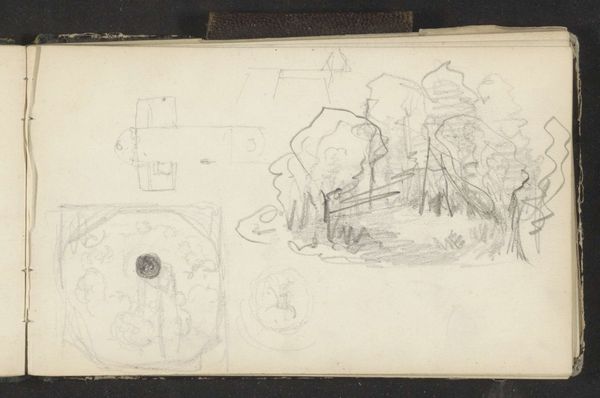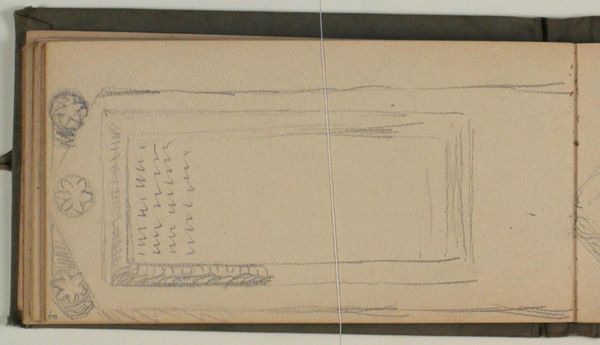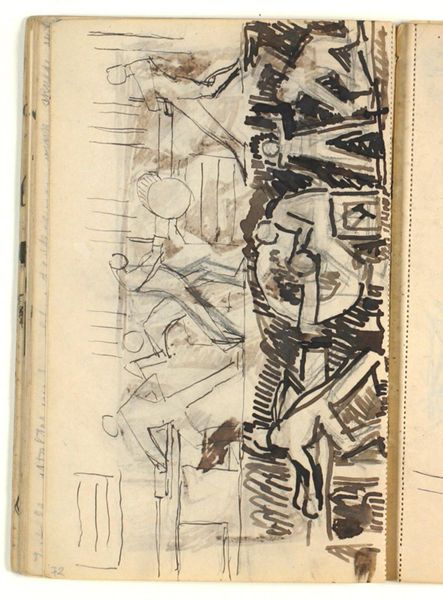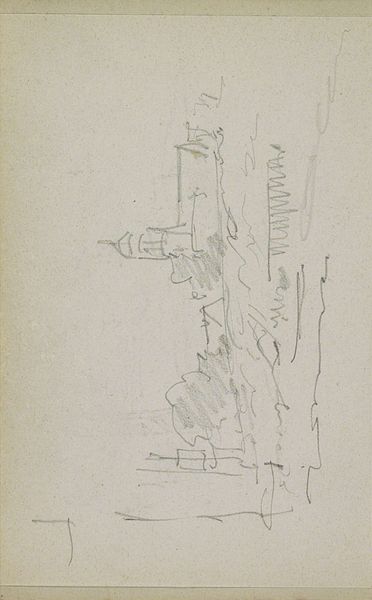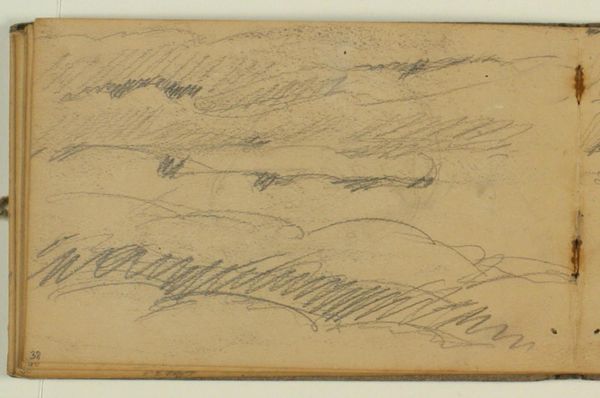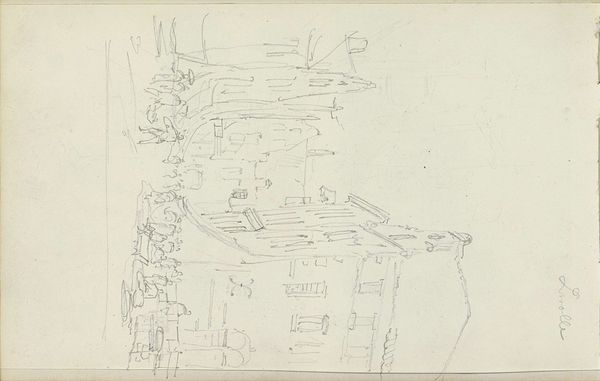
drawing, paper, pencil
#
drawing
#
paper
#
geometric
#
pencil
Dimensions: 92 mm (height) x 174 mm (width) (bladmaal)
Editor: So, this drawing, “Studies of Epitaph Frames and Cartouches,” was created in 1919 by Niels Larsen Stevns using pencil on paper. It feels almost like a peek into the artist’s sketchbook. What stands out to you? Curator: The skeletal quality, those ghostly traces of forms, speak volumes. It's more than just studies; these are explorations into cultural memory. Each cartouche, each frame, acts as a container, meant to hold something sacred, something worth remembering. They're like echoes, reaching us across time. Editor: Echoes? In what way? Curator: Consider epitaphs themselves. They’re brief narratives, attempts to encapsulate a life, often with symbols that allude to broader concepts of faith, virtue, or social standing. These frames… they dictate how that story is told, the importance placed upon the symbols within. It reveals something deeply psychological. Larsen Stevns is considering the architecture of memory itself. How do we frame not just art but also lives? Editor: That's fascinating, the idea of the frame dictating the narrative. The unfinished quality makes it seem like he's actively questioning these established visual languages. Curator: Exactly! It isn't passive copying. It's active interrogation of how we, as a culture, visually memorialize. And, perhaps, subtly critiques the traditions themselves, by laying bare their constructed nature. Do you see how these geometric studies tie into art history? Editor: I never really thought about a frame holding so much meaning, more than just decorativeness. Now, thinking of these lines as an art of memory makes them much more interesting. Curator: Indeed, looking deeper into cultural symbols and hidden stories always add another dimension to our understanding.
Comments
No comments
Be the first to comment and join the conversation on the ultimate creative platform.
